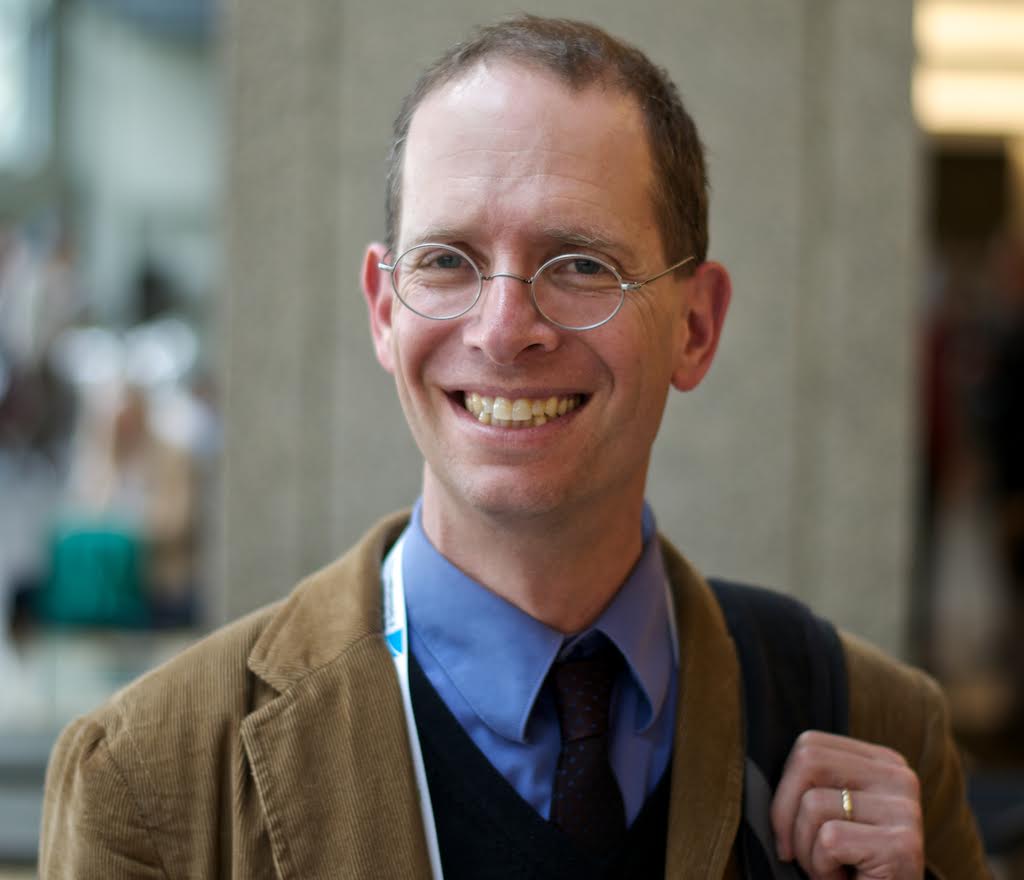Candidate Statement: James D. Lowenthal
Nominated Office: Vice President
Affiliation: Smith College
Position/title: Professor of Astronomy
PhD institution: University of Arizona (1991)
Areas of scientific interest:
- high-redshift galaxies
- galaxy formation and evolution
- starburst galaxies
- QSO absorption line systems
- sub-millimeter galaxies
AAS positions:
- AAS Council (2009-2012)
- AAS Committee on Astronomy and Public Policy (2012-2015)
- AAS Sustainability Committee (2010-2015)
Other relevant positions and experience:
- AAS Task Force on Meetings (2015)
- CAPP representative, AAAC task force on grant proposal success rate (2014-2015)
- NASA Cosmic Origins Program Advisory Group (COPAG; 2012-2015)
- NASA/Keck Time Allocation Panel panelist and chair (2013-2014)
- NASA/Hubble Space Telescope review panel (2012, 2011, 1996)
- NASA/Spitzer Space Telescope review panel (2006, 2004)
- NSF review panel (2004)
- NOAO Users Committee member and chair (2003-2009)
- NASA/SIRTF Fellowship review panel (2002)
- NASA/Hubble Fellowship review panel (1998)
Candidate Statement:
I am honored to be considered for Vice President of the AAS, my professional home for the last 25 years. The primary job of the VPs is to organize the AAS meetings, and I will do my best to ensure that they continue to be top-notch events with great speakers, engaging workshops, and many opportunities for all astronomers but especially the younger ones to share their exciting results and meet each other. I will also strive to keep making them the best possible showcases of our field to the rest of the world. Many good ideas for making AAS meetings even stronger were offered among more than 500 responses to the recent survey by the AAS Task Force on Meetings — of which I'm a member — and I will turn to those responses for guidance.
I look forward in particular to helping the AAS: 1. Counter the increasing trend of public mistrust and misrepresentation of science; 2. Promote diversity in astronomy, which is improving following decades of effort — witness the current makeup of Council — but still has a long way to go to achieve a AAS that reflects the demographics of the US population at large; and 3. Educate the public and decision-makers about climate change and other planetary science-related issues that threaten many global social systems.
My experience on AAS Council showed me how important it is to keep finding new ways for the Society to engage with its membership. In my job as Professor of Astronomy at a small liberal arts college for women, I love the myriad opportunities to integrate values and knowledge from many different disciplines and to teach and learn from diverse colleagues and students. I will bring the same enthusiasm and experience to the AAS and its meetings as Vice President.


